Exploring the Hidden Gems of Japan: 10 Underrated Destinations You Must Visit
Japan is more than just Tokyo, Kyoto, and Osaka. From hidden mountain valleys and mystical forests to remote islands and forgotten ghost towns, this blog uncovers the country’s most underrated destinations.
TRAVEL INSPIRATION
4/8/20255 min read


Japan is more than just Tokyo, Kyoto, and Osaka. Beyond the tourist hotspots, there’s a whole world of hidden gems, places that tell a different story of Japan, filled with breathtaking landscapes, deep cultural roots, and unique experiences you won’t find in guidebooks.
In this guide, I'm taking you off the beaten path to explore ten of the country’s most underrated destinations. Whether you’re searching for a quiet mountain retreat, an untouched island paradise, or a glimpse into Japan’s past, these places offer something truly special.
1. Iya Valley (Tokushima): A Hidden Mountain Escape
Nestled deep in Shikoku’s remote mountains, Iya Valley is a place of misty gorges, vine bridges, and untouched landscapes. The famous Kazurabashi Vine Bridge, woven from wisteria vines, sways beneath your feet as you cross over the river—a thrilling experience straight out of ancient Japan.
Why go? A mix of adventure, history, and breathtaking scenery.
What to do: Hike through the valley, visit the thatched-roof village of Ochiai, and soak in hidden hot springs.
Best time to visit: Autumn, when the valley turns into a sea of red and orange.
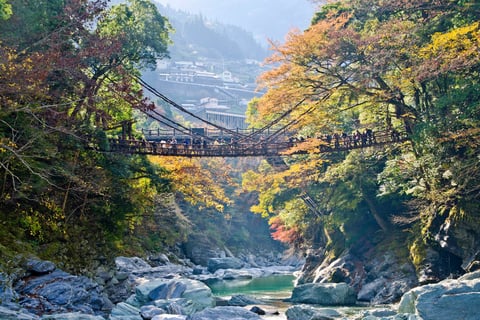

2. Takachiho Gorge (Miyazaki): A Mythical Landscape
According to legend, this is where the sun goddess Amaterasu once hid, and it’s easy to see why Takachiho Gorge feels otherworldly. Sheer volcanic cliffs rise over an emerald-green river, with the Manai Waterfall cascading into the canyon.
Why go? A mix of natural beauty and deep mythology.
What to do: Rent a rowboat to drift through the gorge, watch the traditional Yokagura dance at Takachiho Shrine, and explore nearby caves tied to Japanese folklore.
Best time to visit: Spring and autumn for the best weather and vibrant scenery.
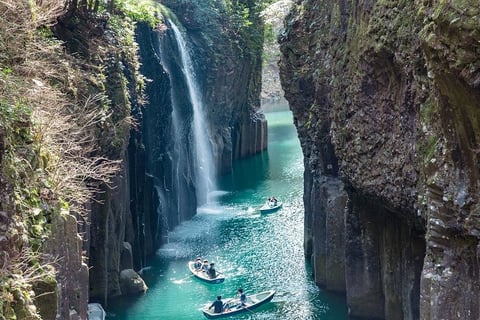

3. Kanazawa (Ishikawa): Kyoto Without the Crowds
Often overlooked, Kanazawa is a city of samurai districts, gold leaf artistry, and one of Japan’s most stunning gardens. Kenrokuen Garden is a masterpiece in every season, while the Higashi Chaya District transports you to a time when geisha culture thrived.
Why go? A beautifully preserved Edo-era city with fewer tourists than Kyoto.
What to do: Stroll through the samurai district, admire gold leaf crafts, and visit the 21st Century Museum of Contemporary Art.
Best time to visit: Year-round, but spring and autumn are especially stunning.
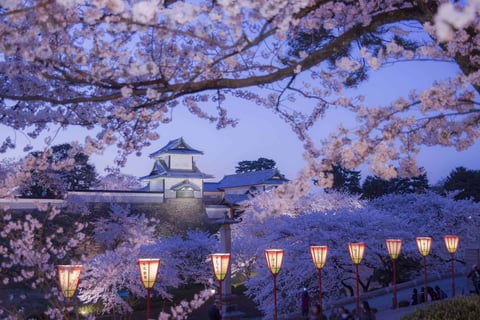

4. Shodoshima (Kagawa): Japan’s Mediterranean Escape
Shodoshima, a peaceful island in the Seto Inland Sea, is known for its olive groves, sandy beaches, and dramatic gorges. The island’s laid-back vibe feels almost Mediterranean, making it an ideal place to slow down and take in the scenery.
Why go? A blend of nature, history, and art in a tranquil island setting.
What to do: Walk across Angel Road (a sandbar that appears at low tide), explore soy sauce breweries, and hike through Kankakei Gorge.
Best time to visit: Spring and autumn for mild weather and stunning views.
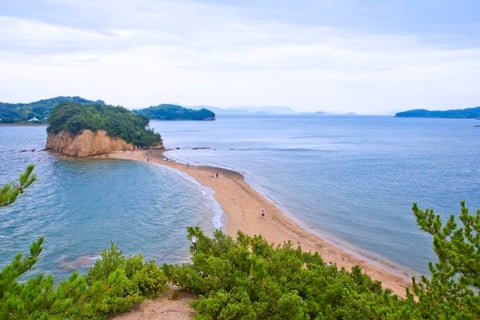

5. Shirakami-Sanchi (Aomori & Akita): A Pristine Natural Wonderland
A vast beech forest in northern Japan, Shirakami-Sanchi is one of the country’s last untouched wilderness areas. With crystal-clear blue ponds, hidden waterfalls, and quiet hiking trails, it’s a paradise for those seeking nature without the crowds.
Why go? A UNESCO-protected forest perfect for hiking and relaxation.
What to do: Visit the Aoike Blue Pond, hike to Anmon Falls, and explore ancient beech tree groves.
Best time to visit: Summer and autumn for the best trekking conditions.
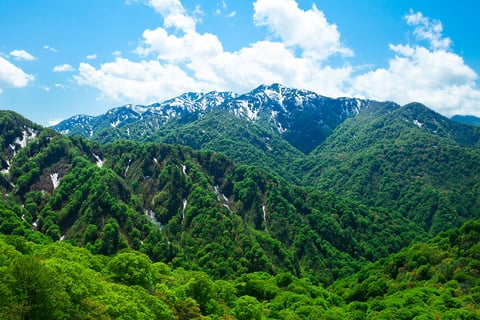

6. Tottori Sand Dunes (Tottori): A Desert by the Sea
Japan might not be known for deserts, but Tottori Sand Dunes are an exception. Stretching along the Sea of Japan, this surreal landscape offers camel rides, sandboarding, and some of the most stunning sunsets in the country.
Why go? A rare and unexpected side of Japan, perfect for outdoor lovers.
What to do: Try sandboarding, explore the Sand Museum, and take in panoramic ocean views.
Best time to visit: Spring and autumn for cooler temperatures.
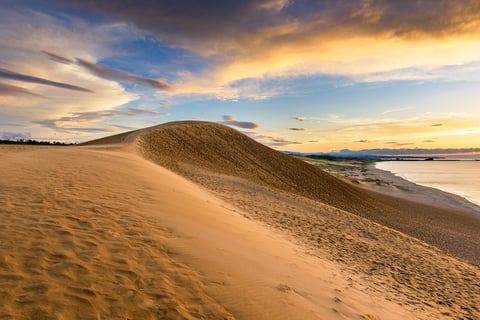

7. Yakushima (Kagoshima): A Real-Life Ghibli Forest
The ancient forests of Yakushima inspired the mystical landscapes in Princess Mononoke, and stepping into its moss-covered groves feels like entering another world. Jomon Sugi, a 7,000-year-old cedar tree, is one of the island’s most sacred natural wonders.
Why go? An unforgettable experience for hikers and nature lovers.
What to do: Trek through the Shiratani Unsuikyo Ravine, spot Yakushima’s unique wildlife, and relax in seaside hot springs.
Best time to visit: Spring and autumn for the best hiking conditions.
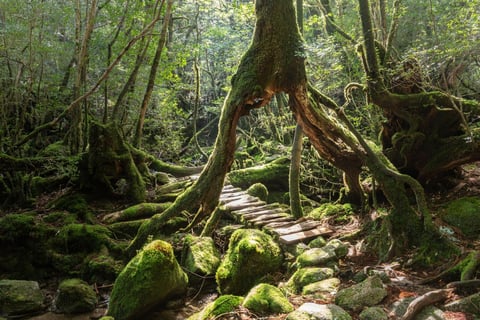

8. Okunoshima (Hiroshima): The Rabbit Island
Once a secret military site, Okunoshima is now famous for its hundreds of friendly rabbits that roam freely. The island’s dark history contrasts with its peaceful atmosphere today, making it a fascinating place to visit.
Why go? A mix of adorable animals and intriguing history.
What to do: Feed the rabbits, explore abandoned wartime structures, and visit the Poison Gas Museum.
Best time to visit: Spring and autumn for mild weather.


9. Gunkanjima (Nagasaki): A Haunting Ghost Island
Once home to a booming coal mining community, Gunkanjima (Battleship Island) was abandoned in the 1970s. Now, its crumbling high-rise buildings stand as an eerie reminder of Japan’s industrial past.
Why go? A haunting yet fascinating glimpse into Japan’s history.
What to do: Take a guided boat tour and learn about the island’s eerie past.
Best time to visit: Spring and autumn for calm waters and safe boat trips.
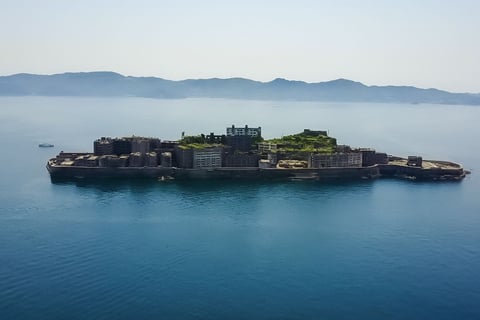

10. Amanohashidate (Kyoto): The Bridge to Heaven
One of Japan’s most breathtaking natural wonders, Amanohashidate is a sandbar covered in pine trees stretching across Miyazu Bay. Local legend says it resembles a bridge to the heavens.
Why go? A one-of-a-kind landscape with an otherworldly feel.
What to do: Take in the famous "upside-down view" from the Amanohashidate View Land, cycle across the sandbar, and visit Chionji Temple.
Best time to visit: Spring and autumn for the best weather.
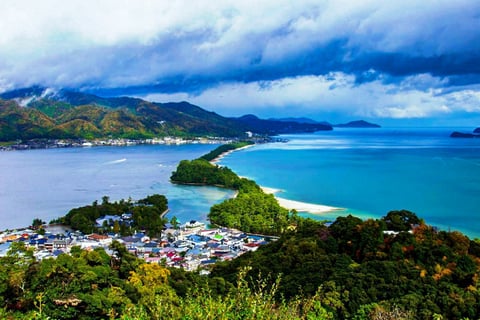

Japan is filled with places that most travelers never get to see: villages tucked away in the mountains, islands that feel like another world, and landscapes that don’t seem real until you’re standing right in front of them. These underrated destinations offer a chance to experience Japan in a way that few do.
Which of these places would you add to your Japan itinerary? Let’s talk in the comments.
Make the first step.
"To travel is to take a journey into yourself."
Contacts
Join my newsletter!
infoglobetrottergals@gmail.com
© 2025. All rights reserved.
Disclosure: Some links provided in this blog could be affiliate links, of which I will be paid a commission if you use these links to make a purchase.
